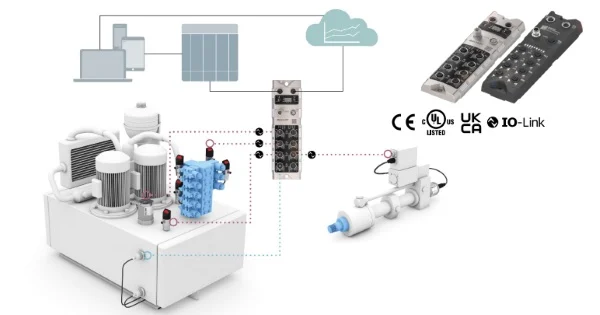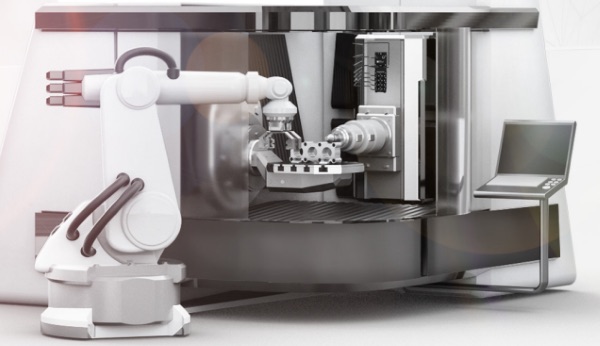Balluff's new IO-Link masters in Entry, Standard, and Advanced classes offer high performance, robust construction, and advanced features.
Industrial automation requires communication between sensors, actuators, and controllers to maximize efficiency and productivity. However, the need for faster, more flexible, and reliable networks often challenges manufacturers to find solutions that align with specific operational demands. Balluff addresses these challenges with its new lineup of IO-Link masters, available in Entry, Standard, and Advanced classes. Each class provides distinct capabilities to ensure compatibility with various industrial applications while maintaining performance and ease of use.

Balluff’s new IO-Link masters come in several different configurations and classes. Image used courtesy of Balluff
The new IO-Link masters feature enhanced communication protocols, multi-protocol support, and designs capable of withstanding demanding industrial environments. From basic sensor integration to advanced applications requiring high current and complex diagnostics, these modules cater to diverse needs while supporting the Industrial Internet of Things (IIoT).
Advanced IO-Link Masters
The advanced IO-link masters are designed for demanding applications requiring high performance and extended functionalities. With features like Class A ports supporting up to 4 amp outputs and Class B ports offering electrical isolation, these modules can reliably control high-current devices such as pneumatic valves and electric grippers.

This is a control schematic structured around the advanced master. The image shows that the master can directly transmit data to IT systems.
The advanced masters are available in two series: silver and black. The silver line modules include an integrated display for direct device configuration and diagnostics housed in a durable die-cast zinc casing for enhanced durability. These modules also support OT-IT integration, allowing data exchange between operational and information technology systems. With multi-protocol support for Profinet, EtherNet/IP, and EtherCAT, these masters ensure compatibility across diverse network architectures.
Standard IO-Link Masters
The Standard IO-Link masters balance functionality and simplicity. These modules can deliver up to 2 A per port (M12) and support a total current of 16 A. This capacity allows the integration of multiple sensors and actuators into a single network structure. The standard master’s modular design ensures compatibility with Balluff’s established BNI family, enabling users to expand their network capabilities without extensive reconfiguration.
The standard IO-link master being used in a machine tending application. Image used courtesy of Balluff
Entry IO-Link Masters
The Entry IO-Link masters are ideal for integrating IO-Link devices into automation systems with minimal complexity. These modules support basic IO-Link applications and allow the connection of sensors and small actuators to machine controllers. Despite their simplicity, the entry-class masters include essential features like IoT interfaces (MQTT).
With an output of up to 0.25 A per port and a total sensor current of 4 A, the Entry masters meet the foundational requirements for reliable communication and control. The compactness and ease of installation make them cost-effective for straightforward IO-Link integration operations.
Optimizing Industrial Automation with IO-Link Masters
Balluff’s new IO-Link masters offer flexible solutions to improve industrial communication and control. These modules, designed to meet various application needs—from simple sensor integration to complex system diagnostics—help manufacturers achieve more efficient, reliable, and scalable automation.



